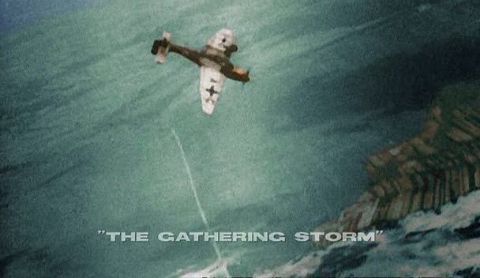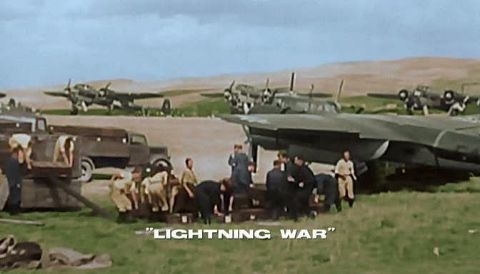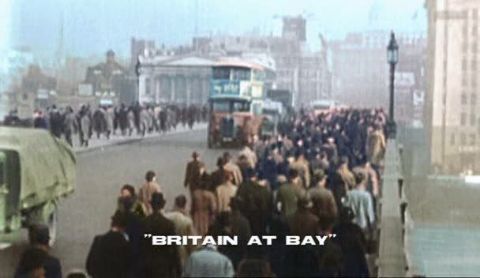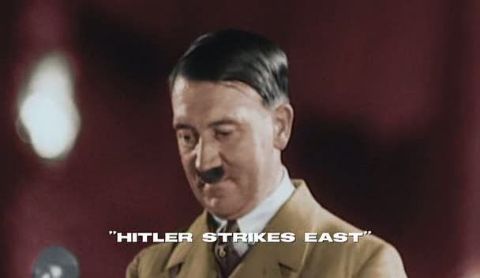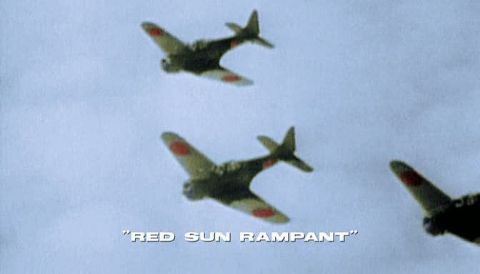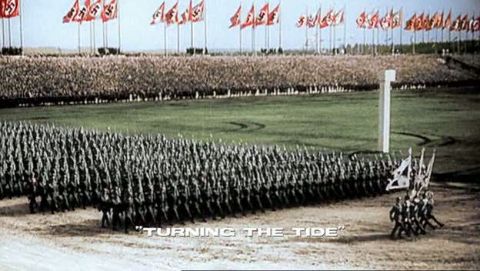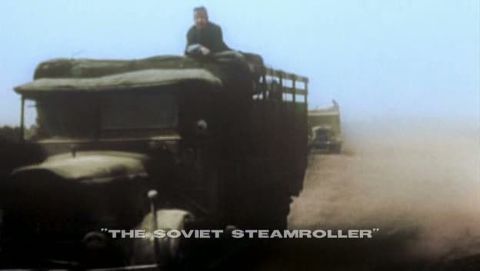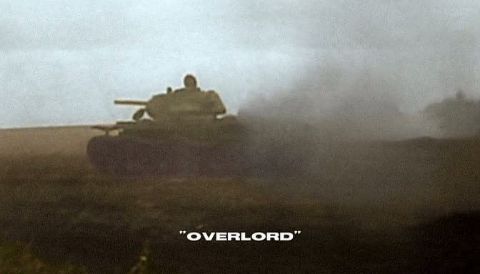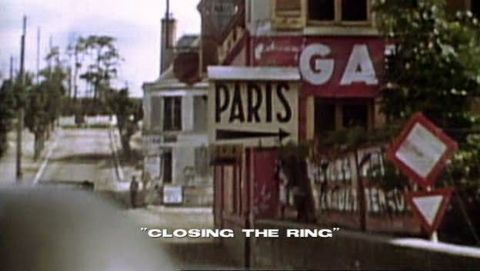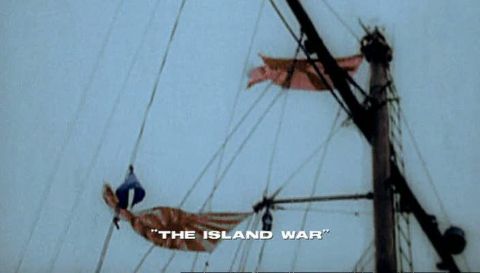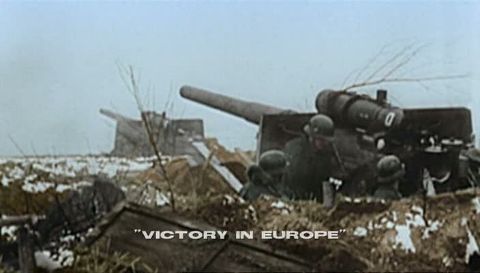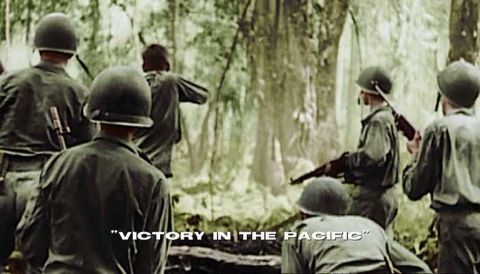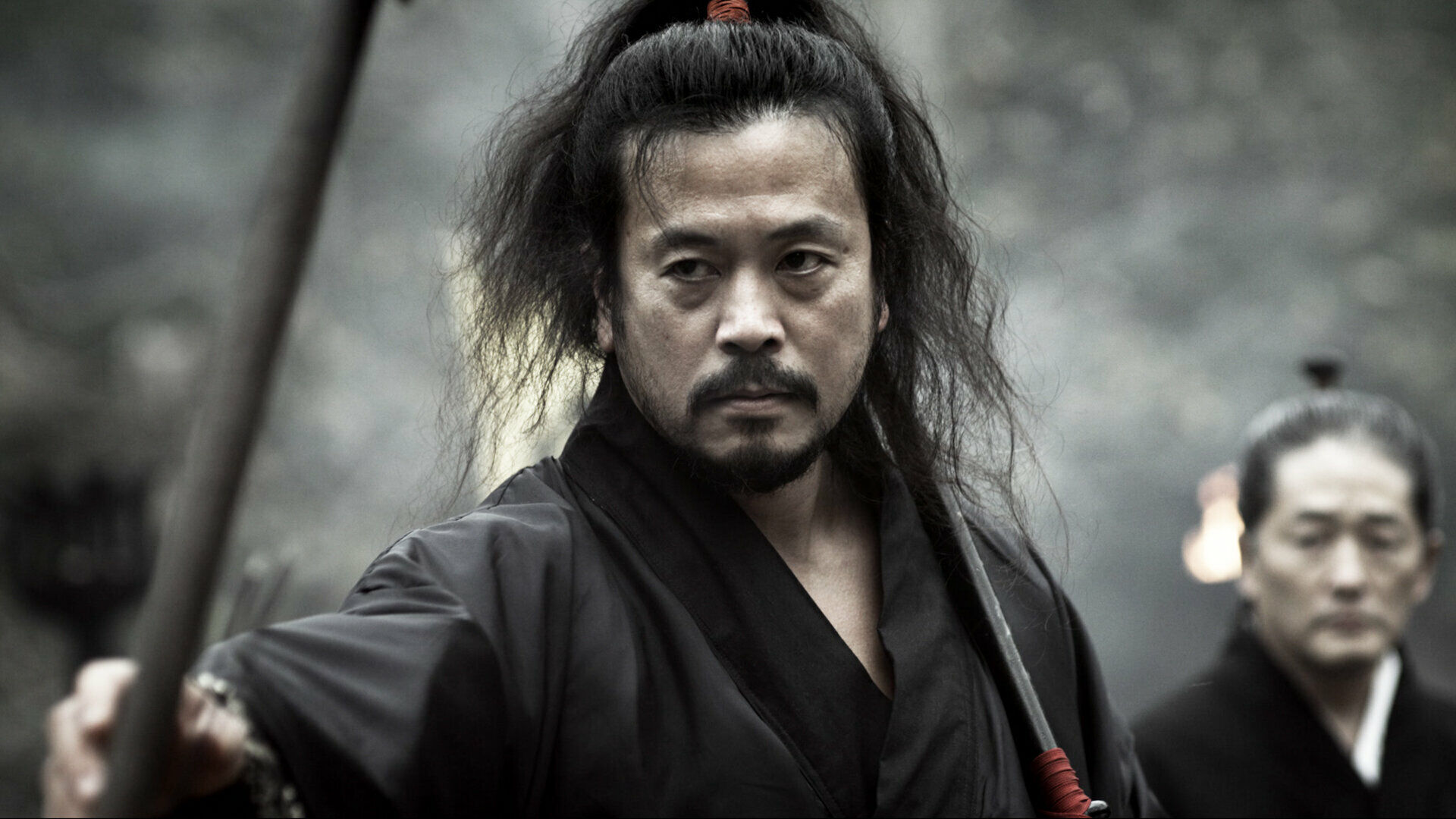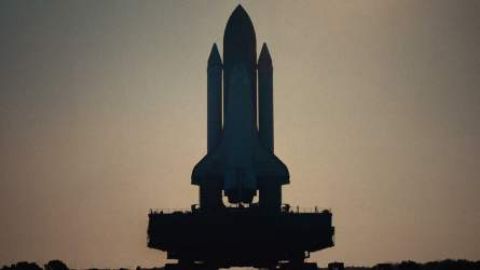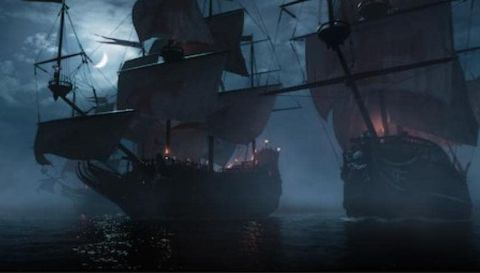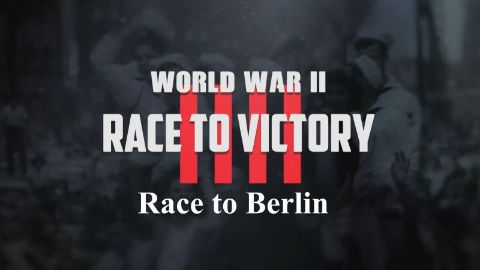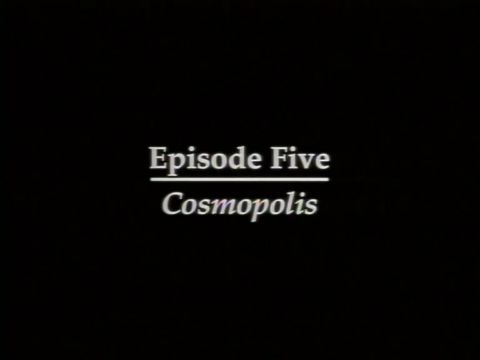Lightning War • 2009 • episode "2/13" • World War II In HD Colour
This film shows how the Nazis developed a terrifying new military tactic - Blitzkrieg - and how it caught first Poland and then Britain and France utterly unprepared. It charts the fall of Poland and how Hitler then conquered France in just a few weeks, an achievement that had eluded Germany throughout all the four years of World War One. It also reveals how heroic French resistance allowed the British to escape from Dunkirk and live to fight another day.
Make a donation
Buy a brother a hot coffee? Or a cold beer?
Hope you're finding these documentaries fascinating and eye-opening. It's just me, working hard behind the scenes to bring you this enriching content.
Running and maintaining a website like this takes time and resources. That's why I'm reaching out to you. If you appreciate what I do and would like to support my efforts, would you consider "buying me a coffee"?
Donation addresses
BTC: bc1q8ldskxh4x9qnddhcrgcun8rtvddeldm2a07r2v
ETH: 0x5CCAAA1afc5c5D814129d99277dDb5A979672116
With your donation through , you can show your appreciation and help me keep this project going. Every contribution, no matter how small, makes a significant impact. It goes directly towards covering server costs.
